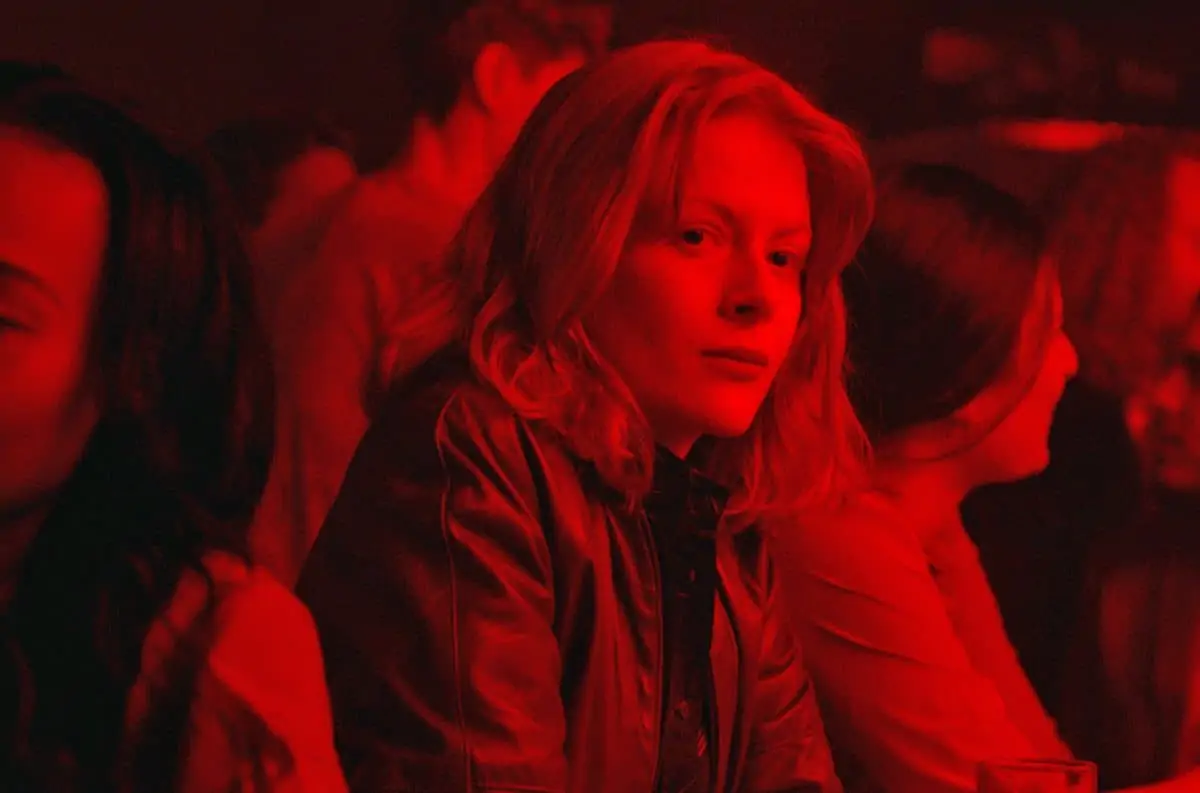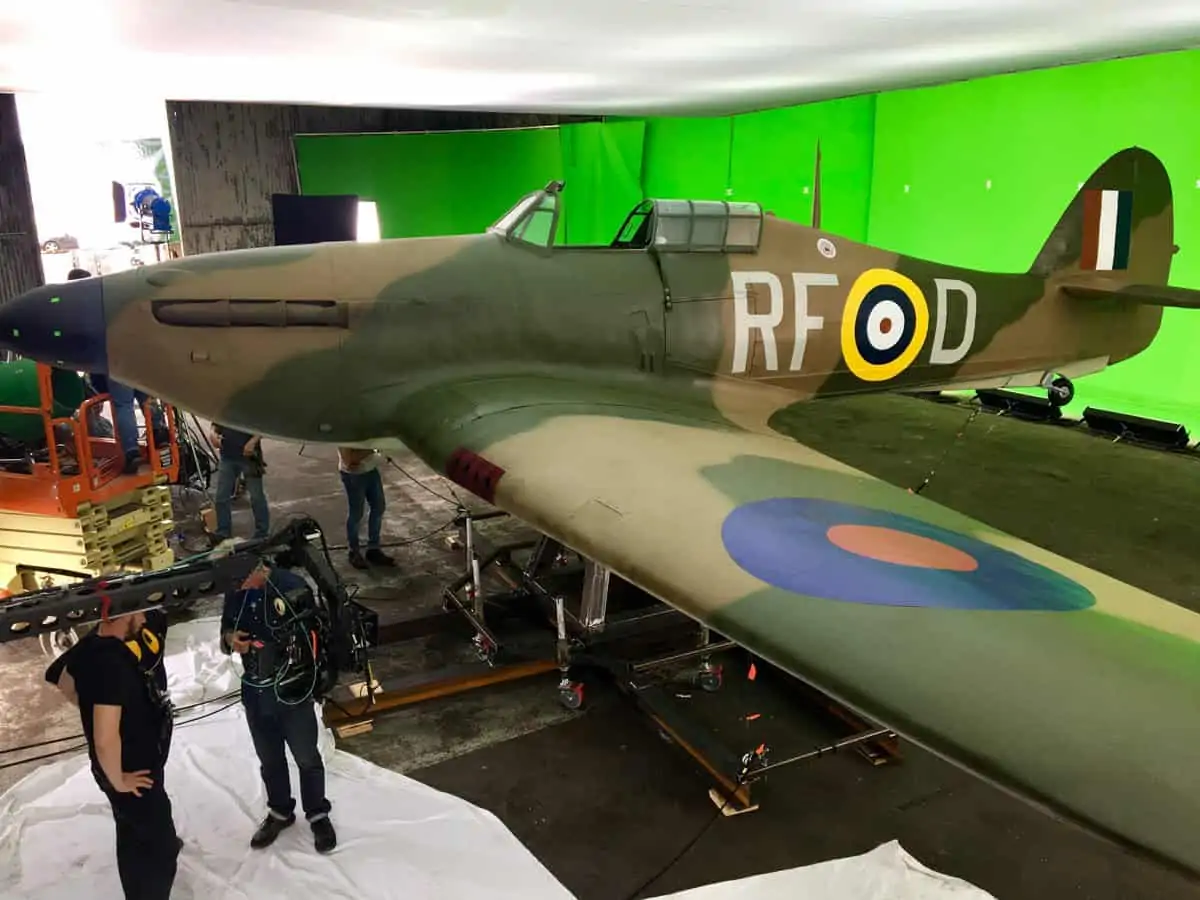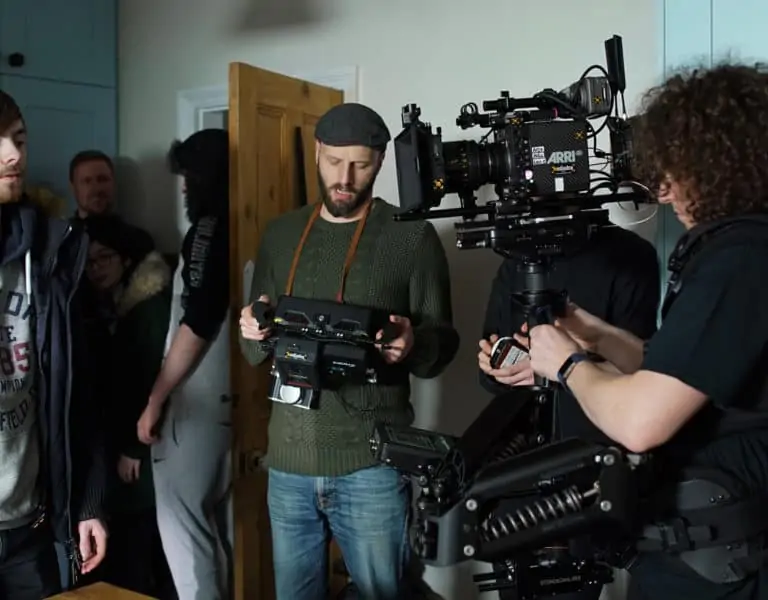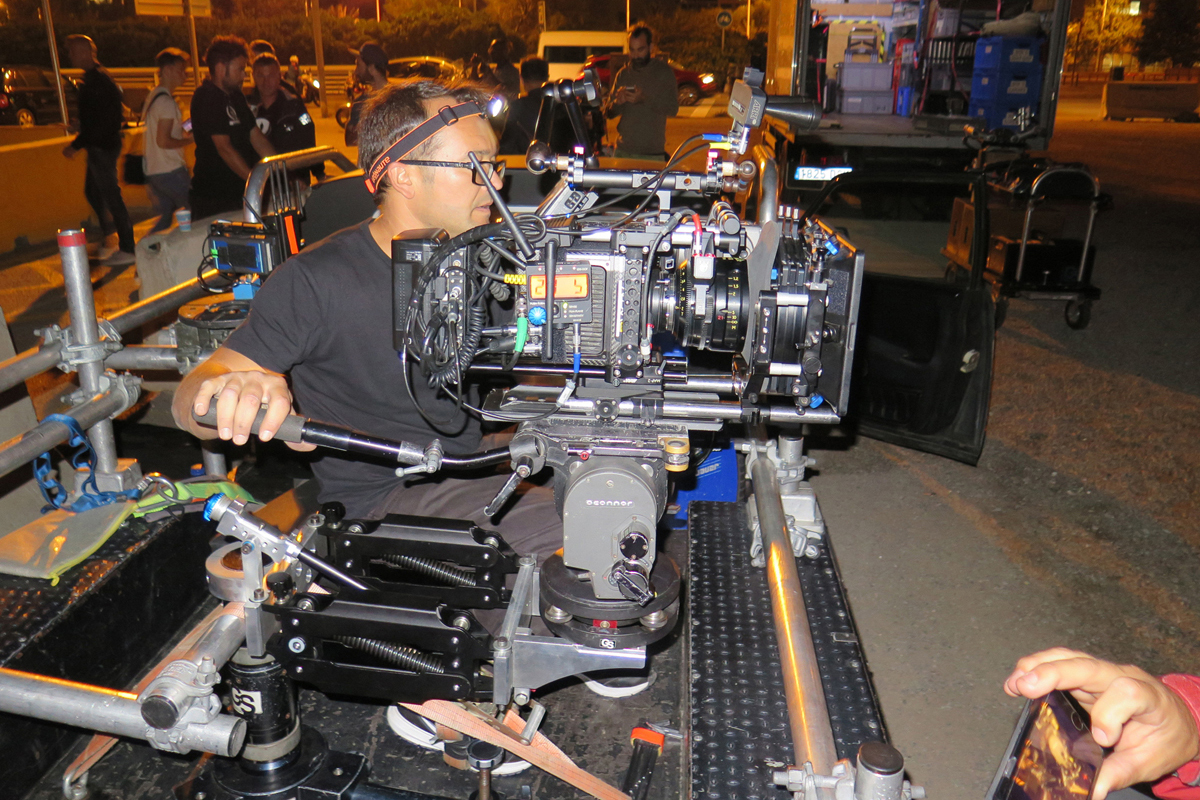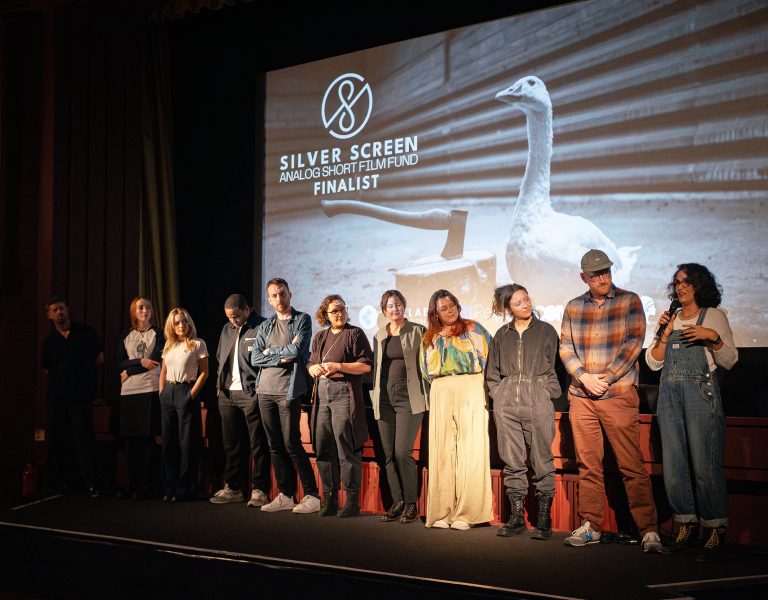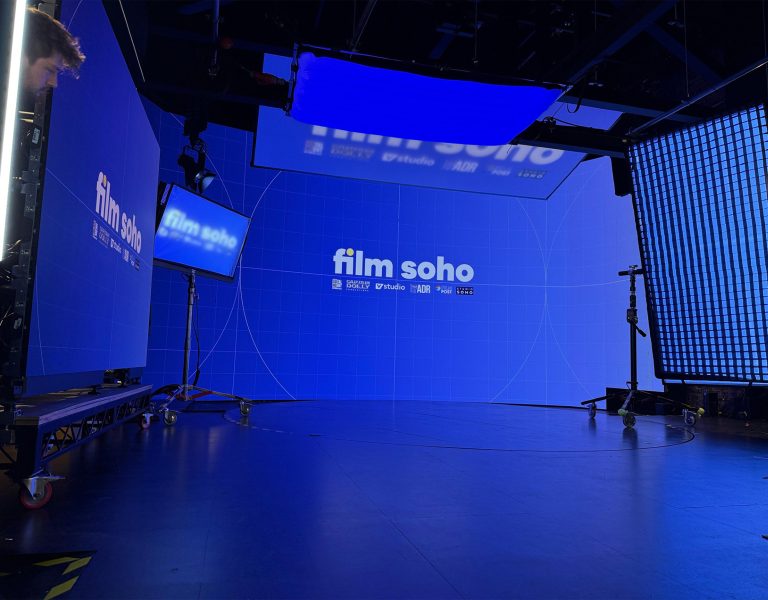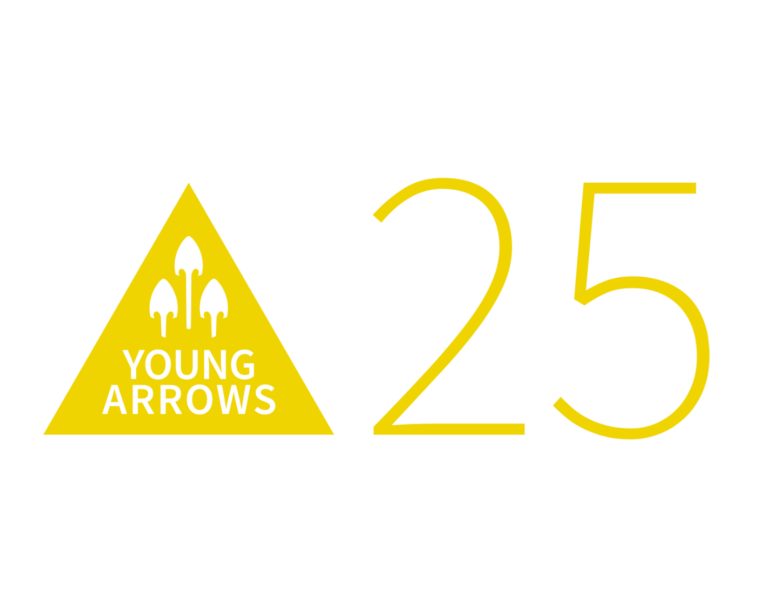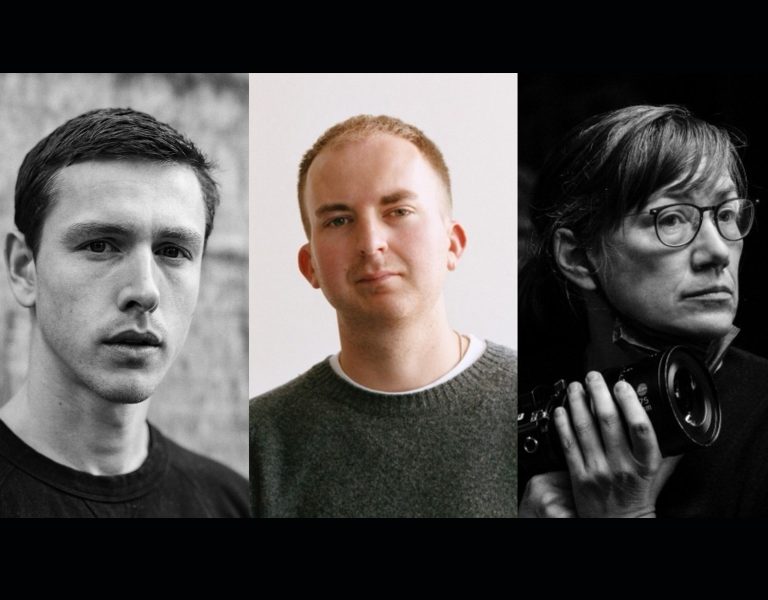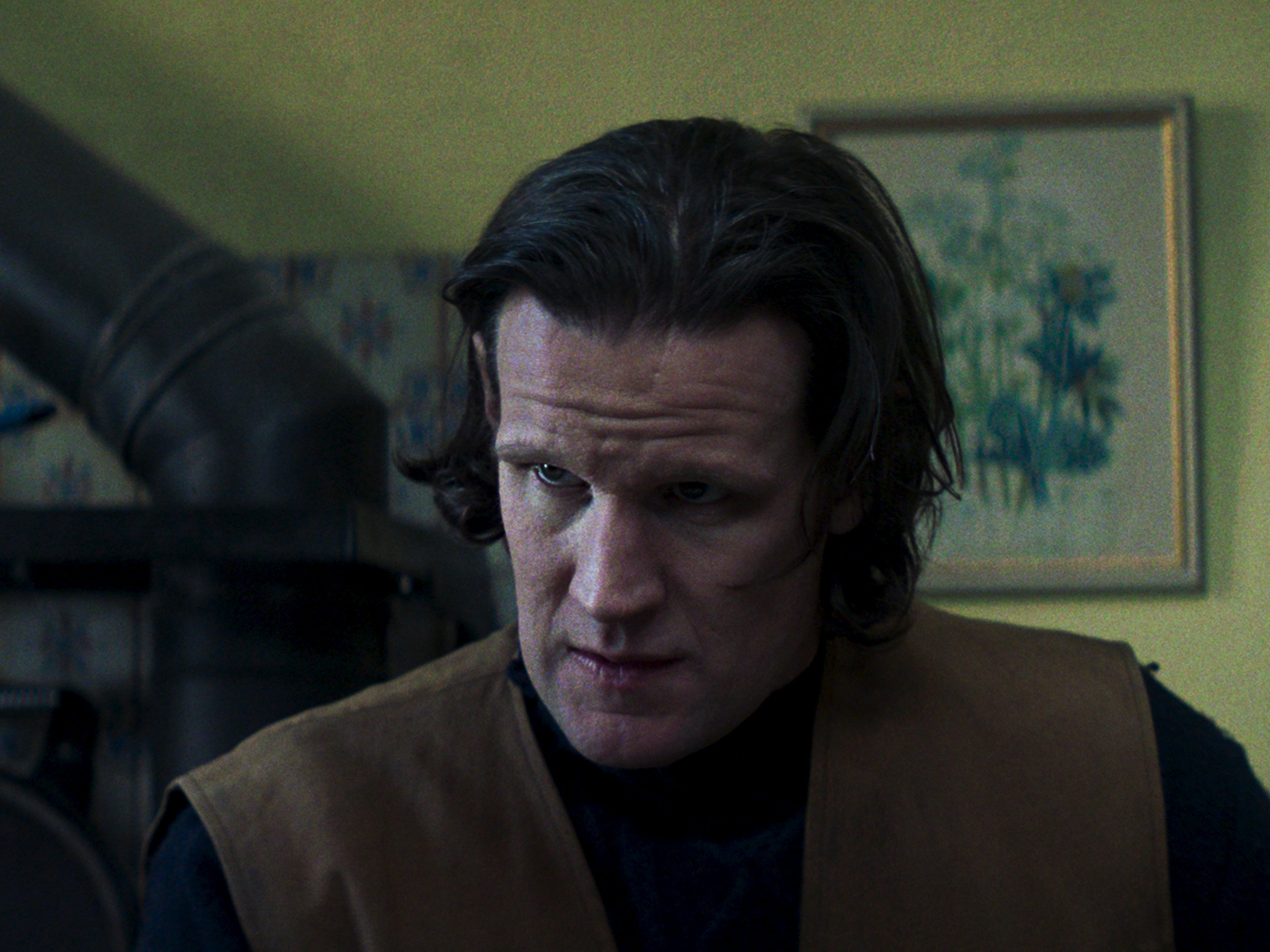
Starve Acre, directed by Daniel Kokotajlo and produced by House Productions for BBC Film and the BFI, is a haunting feature film that delves into themes of grief, obsession, and the clash between rural folklore and scepticism. Set in the 1970s, the film follows a couple, Richard and Juliette, who move to a remote family home in rural England. After the death of their young son, Richard becomes obsessed with local folklore, particularly a tree that allegedly holds the key to resurrection.
Working closely with Kokotajlo and Cinematographer Adam Scarth, Senior Colourist at Picture Shop Jodie Davidson completed the theatrical grade, using FilmLight’s Baselight in an ACES pipeline, followed by a HDR10 trim.
Davidson’s objective in grading Starve Acre was to bring the eerie and psychological horror narrative to life. Kokotajlo and Scarth, envisioned a look that felt as though the film had just been unearthed from the past. This required a unique blend of digital and film aesthetics which Davidson achieved through a hybrid grading process enhancing the film’s atmospheric and psychological depth.
Davidson’s approach of blending digital footage through the film print, created a dynamic visual style that paid homage to traditional film while leveraging modern digital technology. This technique allowed for the retention of the original camera footage and control in the grade, while incorporating the film print’s unique texture and grain. Her ability to selectively adjust saturation, defocus, sharpen, and blend elements was key in achieving the desired visual effect.
Adam Scarth added, ‘’My intention was to create a film with the feeling and texture of an uncovered film from the 70’s. After testing, I chose the Xtal express anamorphic lenses with a print to film and scanning process. Working in collaboration with Picture Shop Senior Colourist Jodie Davidson, we devised a blending overlay process where we could move between the film and digital to deliver the texture and colour closer to a print from the 1970’s while delivering an image that didn’t distract from the key emotive performances. It was a way of creating the desired look within the budget and complex VFX process that also involved live animatronics on set. This process required working closely with Costume, Production design and Makeup departments to find textures and reflected surfaces and shine in makeup to help create a sharpness in the image to cut through the defocusing that the print produced. It was a very collaborative approach that required high craft from everyone to work with an image on set that wouldn’t look like the final product.
For the visual grammar of Starve Acre, we explored how to create a sense of fatalism in the visual language in a way that felt right for the atmosphere and period. Utilising zooms, drifting camera moves, and subjective POV’s looking at references like ‘Don’t Look Now’ and ‘The Shining’. We also played with a visual form of romanticism with the lighting, to centre our emotions on the doomed couple. On the shoot I balanced these ideas with a direct focus on performance and leaving an open space for opportunities to find the magic moments with the cast who were wonderful to work with.’’
Davidson commented, “Working on Starve Acre was an immensely satisfying experience. The blend of digital and film techniques showcases the flexibility and creativity required to achieve a distinctive visual style that enhances the narrative’s emotional impact making the final result something I’m truly proud of.”.
